Our Cedar Bog (that isn’t a bog) Field Trip!
Cedar Bog Nature Preserve is located in Urbana, OH and is home to 40% of Ohio’s rare and endangered species— creating the greatest plant diversity in the state. It is positioned between two moraines (left by glaciers) and sits above the ancient Teays River that is now filled with sand and gravel. The water continually flows up to the surface, which creates a great environment for the sedges that grow there.
My individual assignment was to find two plants with primitive flowers. We also identified plants that were conservative in terms of the FQAI, and two ash species.
The first plant I identified with primitive flowers was Wild Columbine (Aquilegia canadensis). Columbine belongs to the buttercup family—Ranunculaceae. They are recognizable by their scarlet flowers with a protruding red stamen. An interesting fact about Columbine is that it forms a long taproot that aids in survival during droughts (https://www.gardeningchannel.com/columbine-flower-facts/).
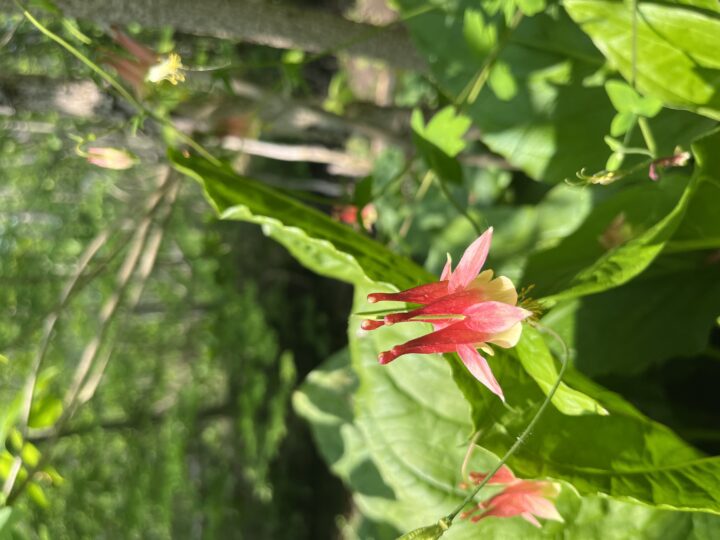
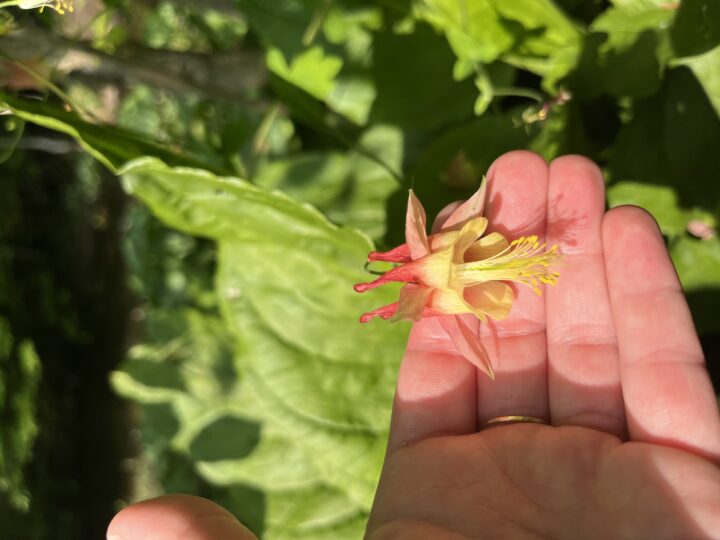
The next plant with primitive flowers was the Swamp Buttercup (Ranunculus septentrionalis). Swamp Buttercup also belongs to the buttercup family (hence the name)—Ranunculaceae. The flowers are small and yellow. The leaves of the plant are 3-divided, lobed leaves. An interesting fact about Swamp Buttercup is their stems and leaves contain protoanemonin, a substance toxic to herbivore mammals (https://www.lakeforest.edu/academics/majors-and-minors/environmental-studies/ranunculus-septentrionalis%20(swamp-buttercup)-ranunculaceae#:~:text=The%20flower%20has%205%20yellow,of%20the%20name%3A%20swamp).
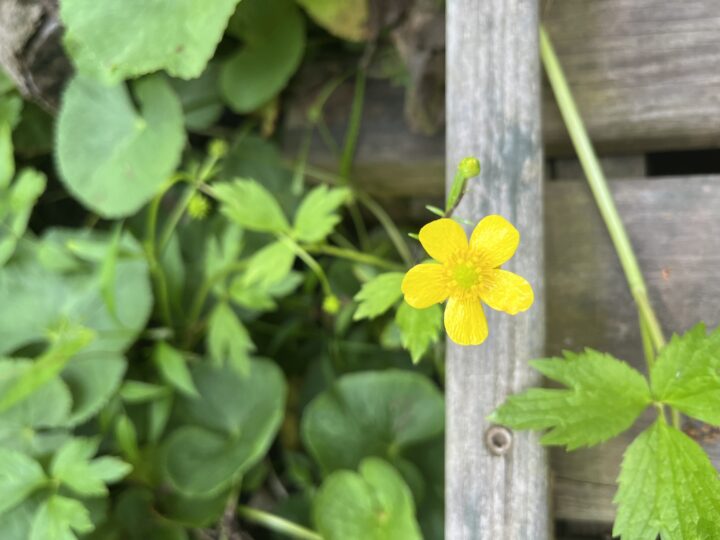
The first conservative species is Swamp Birch (Betula pumila). According to the Ohio Department of Natural Resource’s spreadsheet, the Swamp Birch has a coefficient of conservatism of 10. 10 is the highest score possible, so Swamp Birches are considered highly conservative and therefore must exist in undisturbed areas.
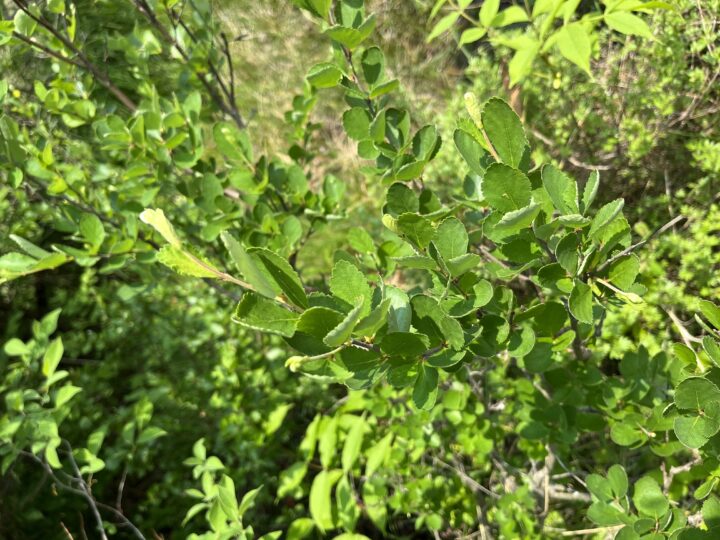
The second conservative species is Shrubby Cinquefoil (Potentilla fruticosa). Its CC value is also 10 which deems it highly conservative!
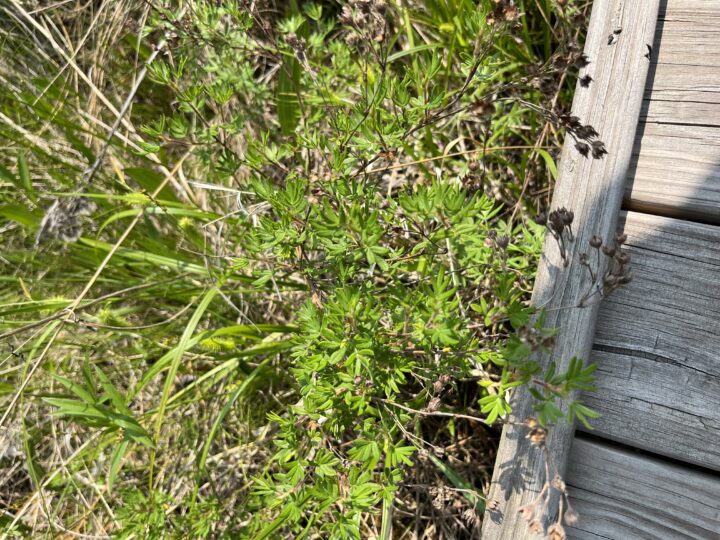
The third conservative species is Round-leaved Sundew (Drosera rotundifolia). Its CC value is 7, which deems it conservative, but not as much as the other species I’ve named. Round-leaved Sundew is one of two carnivorous plants that we identified.
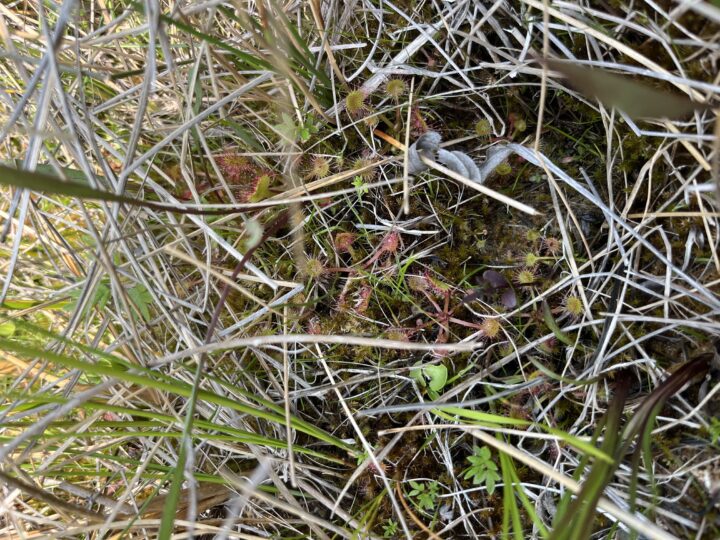
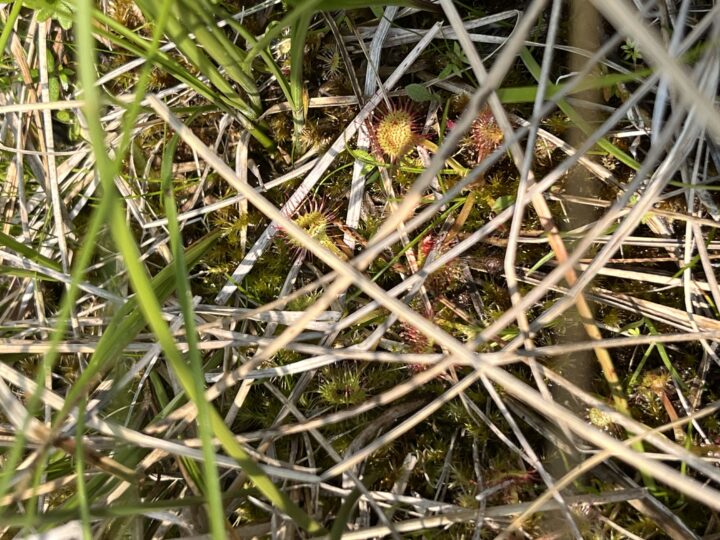
The fourth conservative species is Horned Bladderwort (Utricularia cornuta). Its CC value is 10 which deems it highly conservative—more so than the Round-leaved Sundew! This is the second carnivorous plant that we identified.
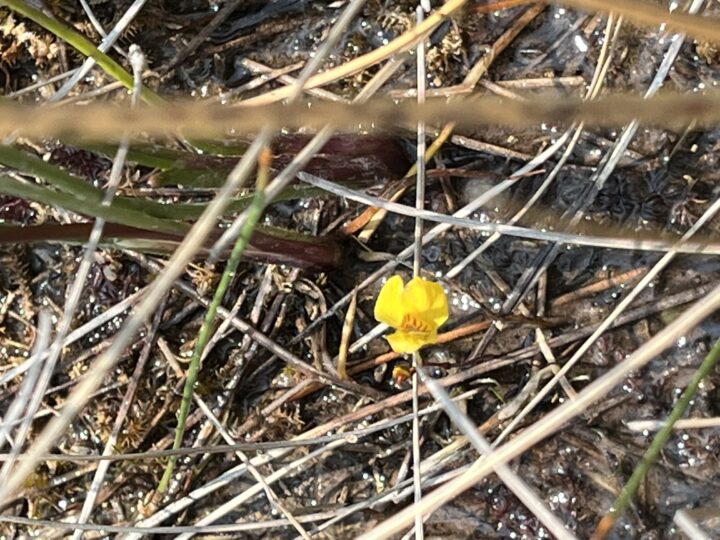
The first of two Ash species that we identified was Black Ash (Fraxinus nigra). Ash species have opposite pinnately compound leaves. Black Ash specifically has sessile leaflets, meaning the leaflet is directly attached to the stem. Black Ash is commonly found in swamps and bottomlands. The wood can also be used for weaving baskets as the wood can be split along growth rings.
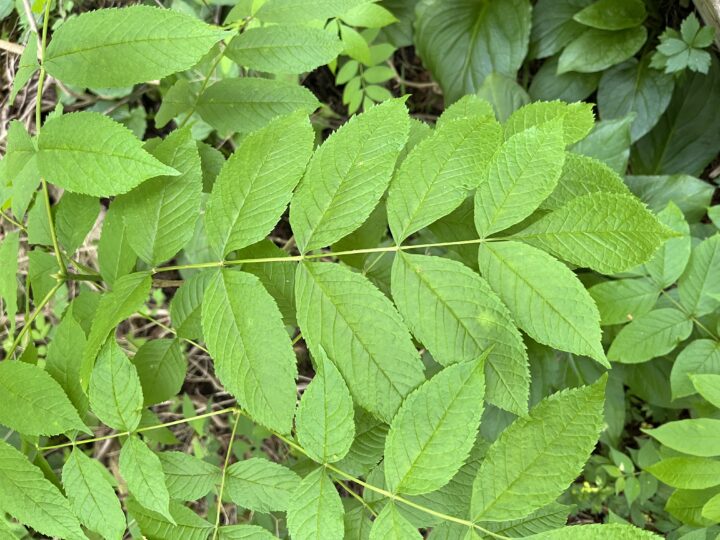
The second Ash species that we identified was Green Ash (Fraxinus pennsylvanica). Green Ash do have leaf stalks, and in comparison to Black Ash, the leaves are glossy and dark. Green Ash can also be found in swamps and lowlands.
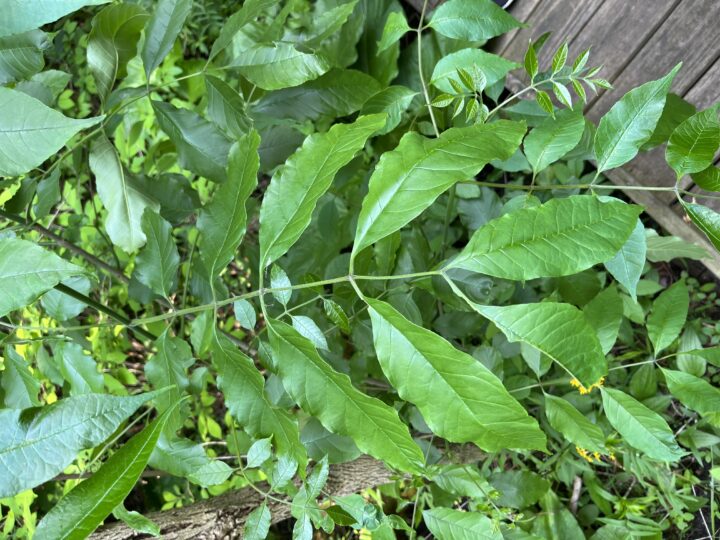
Now for my FQAI calculations! First, the Swamp Forest Abbreviated Species List:
- Caltha palustris; Marsh-Marigold; WET= OBL; CC=6; I=2.4
- Iris virginica; Southern Blue Flag; WET=OBL; CC=6; I=2.4
- Lindera benzoin; Spicebush; WET=(FACW-); CC=5; I=2.0
- Senecio aureus; Golden Ragwort; WET=FACW; CC=4; I=1.6
- Symplocarpus foetidus; Skunk-cabbage; WET=OBL; CC=6; I=2.4
- Ranunculus hispidus; Northern Swamp Buttercup; WET=FAC; CC=4; I=1.6
WET=Wetland Status, CC= Coefficient of Conservatism, and I=FQAI value for the community.
Next, the Sedge Meadow Abbreviated Species List:
- Potentilla fruticosa; Shrubby Cinquefoil; WET=FACW; CC=10; I=4.1
- Drosera rotundifolia; Round-leaved Sundew; WET=OBL; CC=10; I=4.1
- Betula pumila; Swamp Birch; WET=OBL; CC=10; I=4.1
- Valeriana uliginosa; Swamp Valerian; WET=(FACW+); CC=10; I=4.1
- Toxicodendron vernix; Poison Sumac; WET=OBL; CC=7; I=2.9
- Utricularia minor; Lesser Bladderwort; WET=OBL; CC=8; I=3.3
WET=Wetland Status, CC= Coefficient of Conservatism, and I=FQAI value for the community.
